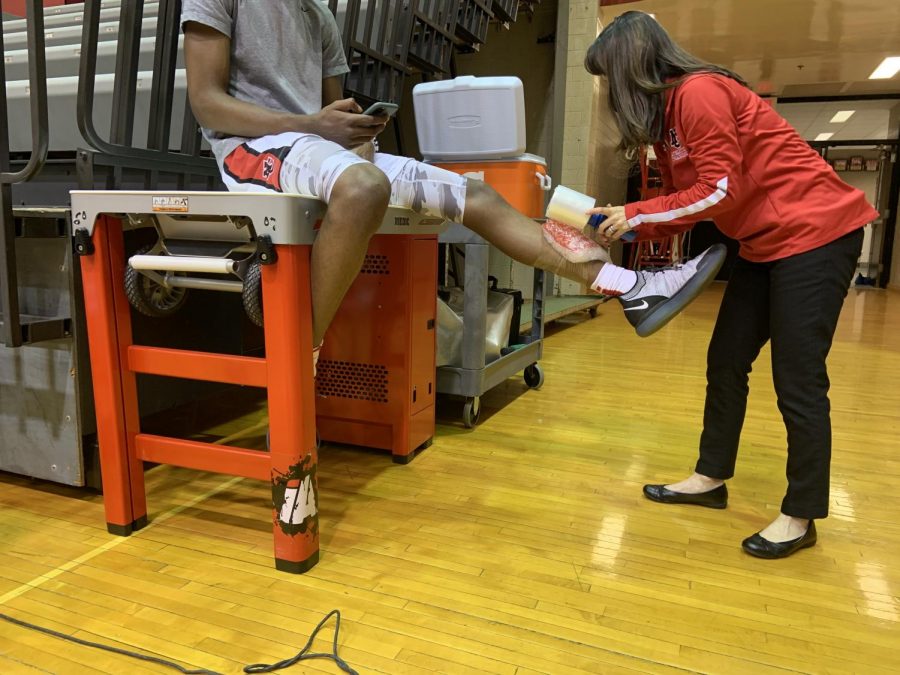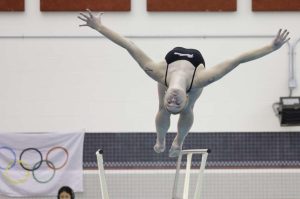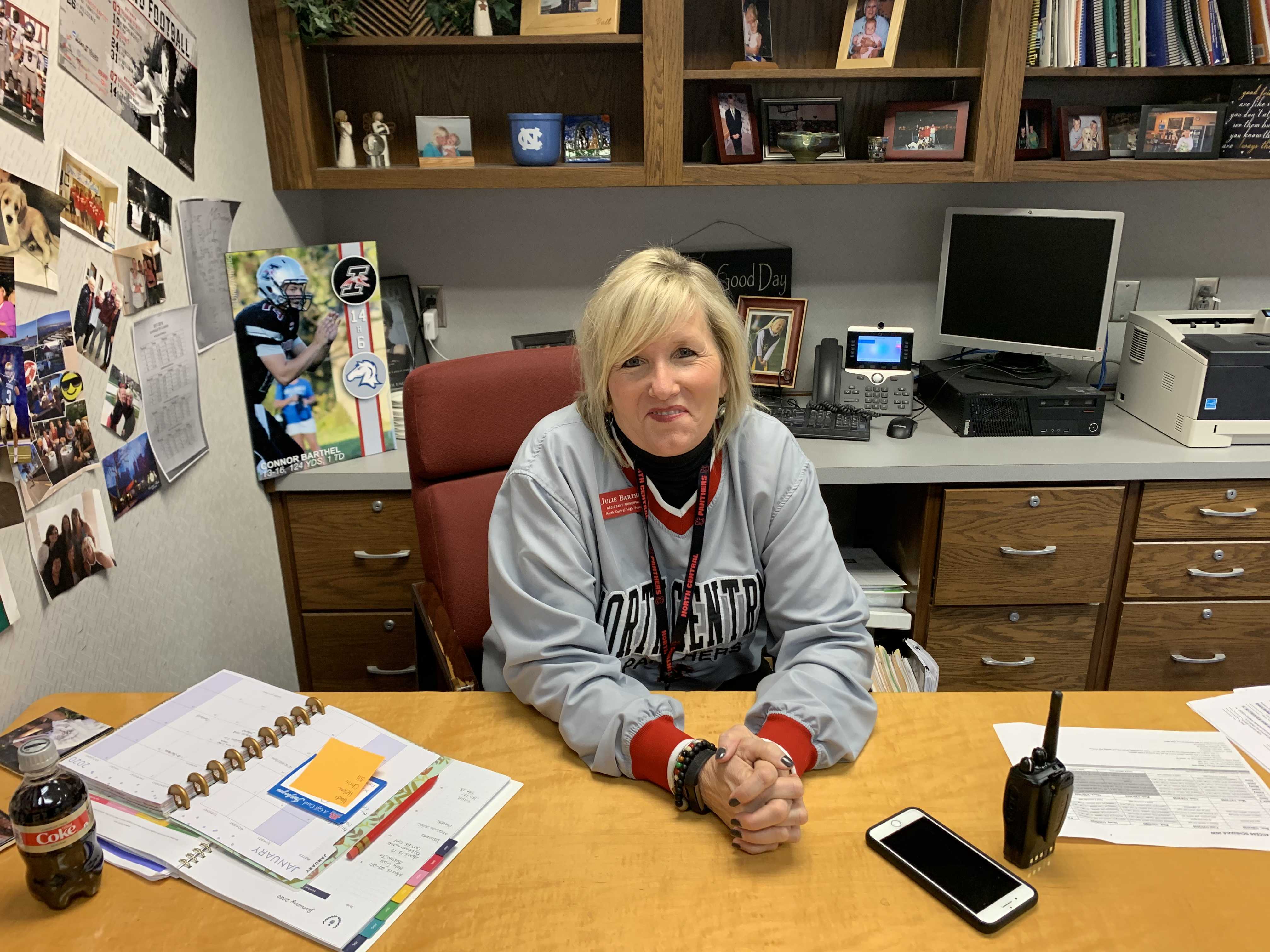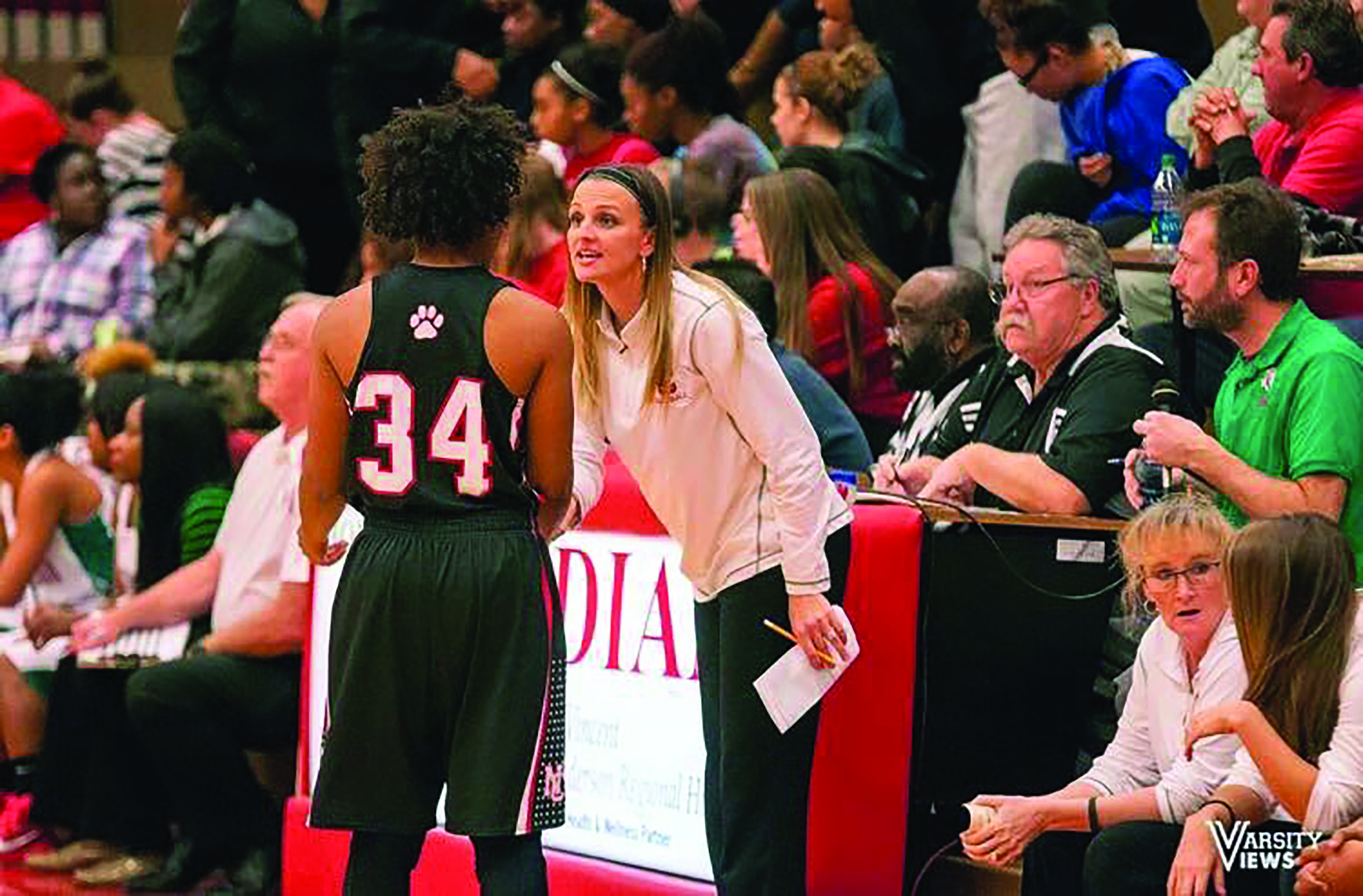Multi-sport athletes see benefits
Athletic trainer Miho Sayles wraps up an athlete prior to their game. Sayles is one of the athletic trainers that helps injured student athletes and helps them prevent further injuries.
December 2, 2021
It is becoming more common for high school student-athletes to specialize in one sport rather than participate in multiple. Many kids play multiple sports in middle school and then transition to focusing on a singular sport in high school.
“The past five years, I’ve seen more and more student-athletes become one-sport athletes. They’re playing with travel teams instead of playing other sports because they have been told to get exposure from college coaches, so they need to play year-round,” athletic trainer Miho Sayles said.
Junior Cannon Coffee is an example of a multi-sport athlete at NC. Coffee went from playing four sports in middle school to just two in high school.
“In middle school I played football, baseball, basketball and ran track,” Coffee said.
As an underclassman, Coffee played football, basketball, and baseball at Cathedral High School and then continued those sports when transferring to NC. In his junior year, he chose to stop playing basketball.
“I’ll still be playing baseball in the spring, but I’m not playing basketball this year. I am mainly focusing on football because I think it will be the sport I will be playing in the future. So I’ve decided to train all winter instead of playing basketball,” Coffee said.
Some athletes may feel pressure to compete in a single sport to keep up with their skills. However, college coaches encourage athletes to play multiple sports.
“Getting exposure does not always mean playing one sport year-round. A lot of college coaches want high school student-athletes to be multi-sport athletes. You learn different skills and techniques by playing different sports,” Sayles said.
“College coaches love multi-sport athletes, from the ones I’ve interacted with,” Coffee said.
Playing multiple sports can also positively affect athlete’s bodies.
“In adolescence, your body is not mature, it is still growing and needs to rest. When you focus on one sport year-around, you are constantly year-rounding the same joints and muscles, which lead to overuse injuries such as stress fracture and tendonitis,” Sayles said.
This is reinforced by many athletes specializing in one sport, who experience recurring injuries and sustain them longer than multi-sport athletes.
“I see stress fractures in lower back and lower legs (shins) more among one sport athletes than multi-sports athletes,” Sayles said.
Playing multiple sports also has mental benefits for student-athletes.
“Playing different sports is good because you get a mental break, along with hanging out with a different group of people,” Sayles said.
“I believe if you’re consistently doing one thing 24/7 it will wear you out mentally and physically. This is another reason why I play multiple sports because I believe it is important to have a variety of different things in my life,” Coffee said.












